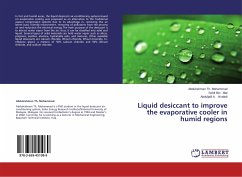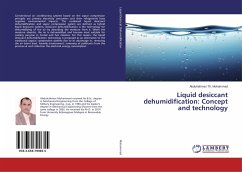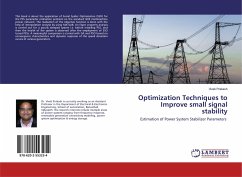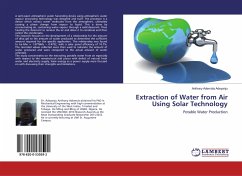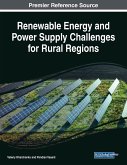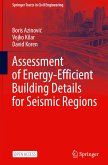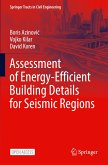In hot and humid areas, the liquid desiccant air-conditioning systems based on evaporative cooling was proposed as an alternative to the traditional vapour compression systems due to its advantage in, removing the air latent load, friendly environment, removing of pollutants from the process air and reduction the electrical energy.The main purpose of the desiccant is to attract water vapor from the air; thus, it can be classified into solid and liquid. Several types of solid materials can hold water vapor such as silicas, polymers, zeolites, alumina, hydratable salts, and mixtures. Other available liquid desiccants are calcium chloride, lithium chloride, lithium bromide, tri-ethylene glycol, a mixture of 50% calcium chloride and 50% lithium chloride, and sodium chloride.

